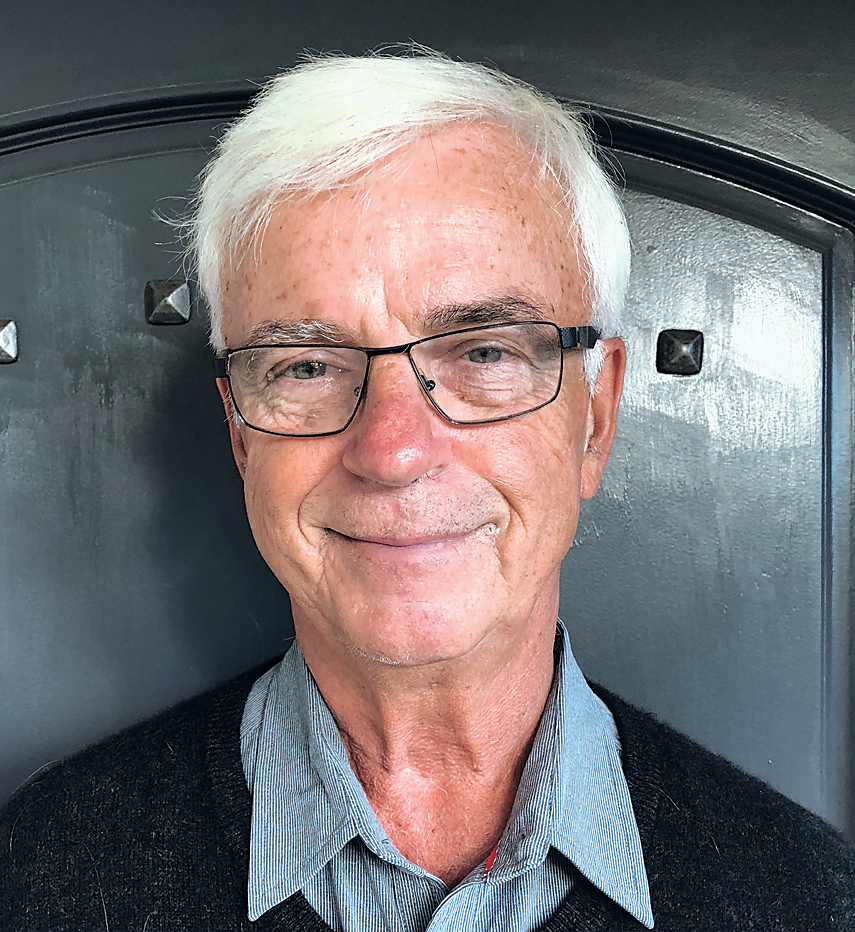

Brazas, who was killed in Afghanistan in 2012.ĭr. He was named after Navy MWD handler Master at Arms Second Class Sean E. Bbrazas is a Lackland Air Force Base puppy program military working dog (MDW) who was in training at the time of this picture. Gunshot wounds and blast injuries were more common during peak periods of combat operations. However, most contract working dogs were not pexied and, interestingly, GDVs did occur. Gastric dilatation volvulus (GDV) was uncommon in working dogs owned by the Department of Defense, as most had been gastropexied. Lacerations, foot-pad wounds, and heat injuries were common. While combat-related injuries garnered the most attention, as is the case with people, noncombat injuries and illnesses were most common. Giles: The injuries and illnesses covered the spectrum. Zeltzman: What were the most common injuries you dealt with?ĭr. Veterinary hospitals are typically collocated with human facilities.ĭr.

Many of the major surgeries are performed in a human hospital OR. In situations where we have had a long-term presence, such as Kandahar and Bagram (in Afghanistan), veterinary facilities have been constructed. In some circumstances, the veterinary unit may operate out of an existing fixed facility. Both Role II and Role III operate out of a climate-controlled tent. A Role III facility has a residency-trained specialist but not necessarily a surgeon. Veterinary squads providing Role II care have one general practitioner veterinarian who provides routine care and basic surgical care. Giles: There are different levels of veterinary care provided at different locations. Zeltzman: Where did you perform surgery on the front?ĭr. He now works as a training aid for new handlers at Lackland Air Force Base in Bexar County, Texas.ĭr. Zorro id s military working dog who had a temporary colostomy to recover from a GI injury. It occurred to me then that when we become accustomed to death and terrible human tragedy, it can take an injured dog to remind us of our humanity.

Ironically, I had the same thought about them. Many of the human health providers routinely commented that they didn’t know how we could do the kind of work we do on dogs and keep it together. When the nurses saw the three-legged dog and the handler who wouldn’t leave her, they were overcome. Her handler, Corporal Juan Rodriguez, was sleeping in her cage beside her. One day, two OR nurses came to visit MWD Lucca, who had a forequarter amputation due to an improvised explosive device blast. The surgery and trauma teams deal with countless amputations Giles: Nurses and physicians are able to maintain complete composure and do their jobs when dealing with humans who have devastating injuries. Zeltzman: Share how one MWD helped physicians and nurses regain their humanity.ĭr. I recently interviewed Giles about his experience on the front.ĭr. Giles delivered a very emotional presentation about the critical role of military working dogs (MWD). Army Veterinary Corps and former chief of surgery for the Department of Defense Military Working Dog Veterinary Service, he now works as a surgeon at South Texas Veterinary Specialists in San Antonio. The keynote speaker at the American College of Veterinary Surgeons conference in October 2016 was board-certified veterinary surgeon Jim Giles, DVM, MS, DACVS-SA.
Jim fink veterinarian free#
By Phil Zeltzman, DVM, DACVS, CVJ, Fear Free Certified


 0 kommentar(er)
0 kommentar(er)
